Herbs are an essential part of any well-stocked kitchen. Not only do they add flavor to your dishes, but they also provide various health benefits. However, fresh herbs can be expensive and hard to come by. That’s why it’s important to know how to convert fresh herbs to dried ones.
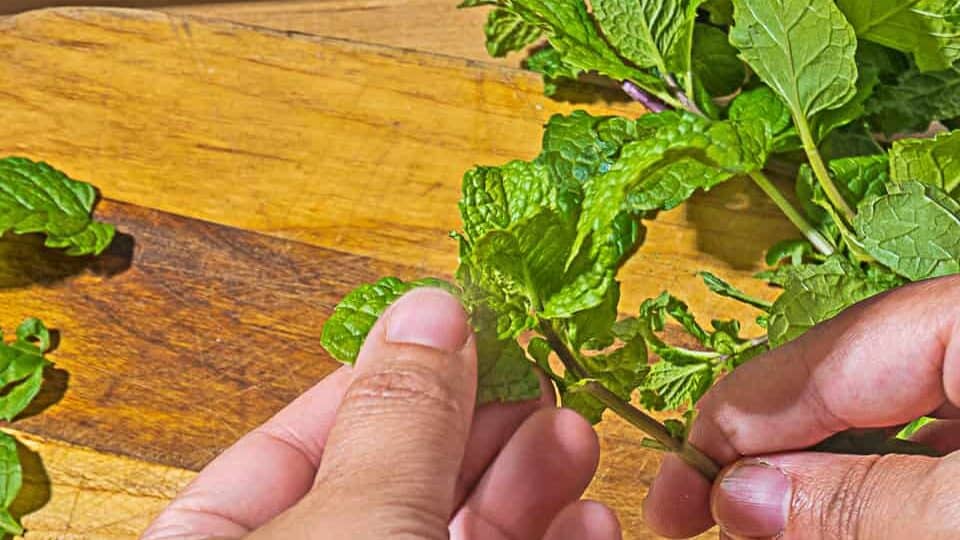
This guide will discuss the best methods for converting fresh to dried herbs and some tips and tricks to ensure the best results.
Jump to:
Why are ratios important?
The ratio of fresh to dried herbs is important because it helps maintain the flavor of the herbs when they are dried during the cooking process. The ratio varies depending on the type of herb, so it is important to be aware of the specific ratio for each herb you use.
How to calculate dried herb conversions
The 1 tablespoon fresh = 1 teaspoon dried conversion ratio is a general guideline, and there may be exceptions depending on the herb and recipe. For example, some herbs are more potent in dried than fresh form, while others may lose their flavor when dried.
Generally, it's a good idea to start with a small amount of dried herb and adjust it to taste. It's also helpful to taste and smell the herbs, as the aroma and flavor can indicate their freshness and potency.
Fresh to Dried Herb Conversion Guide
| Herb | Fresh | Corresponding Dried |
| Basil | 2 teaspoons finely chopped | 1 teaspoon dried |
| Bay Leaf | 1 leaf fresh | 2 leaves dried |
| Chervil | 3 teaspoons fresh | 1 teaspoon dried |
| Cilantro | 3 teaspoons fresh | 1 teaspoon dried |
| Cinnamon | 1 cinnamon stick | ½ teaspoon ground |
| Cumin | 4.5 tablespoons whole seed | 4 tablespoons ground (1 oz.) |
| Dill | 3 teaspoons fresh | 1 teaspoon dried |
| Garlic (large) | 1 clove fresh (1.5 teaspoons minced) | ½ teaspoon powder |
| Garlic (small) | 1 clove fresh (½ teaspoon minced) | ⅛ teaspoon powder |
| Ginger | 1 tablespoon freshly grated | ¼ teaspoon dry ground |
| Ginger | 1 tablespoon minced | ½ teaspoon dry ground |
| Marjoram | 3 teaspoons fresh | 1 teaspoon dried |
| Onion | 1 medium onion | 1 teaspoon onion powder |
| Oregano | 3 teaspoons fresh | 1 teaspoon dried |
| Parsley | 2 teaspoons fresh | 1 teaspoon dried |
| Rosemary | 3 teaspoons fresh | 1 teaspoon dried |
| Sage | 2 teaspoons fresh | 1 teaspoon dried |
| Star Anise | 1 star anise fresh | ½ teaspoon anise seed |
| Tarragon | 3 teaspoons fresh | 1 teaspoon dried |
| Thyme | 3 teaspoons fresh | 1 teaspoon dried |
| Thyme | 1 teaspoon dried | ¾ teaspoon ground |
| Vanilla | 1-inch vanilla bean | 1 teaspoon extract |
| Mint | 3 teaspoons fresh | 1 teaspoon dried |
| Basil (Thai) | 2 teaspoons finely chopped | 1 teaspoon dried |
| Lemongrass | 1 tablespoon fresh, minced | 1 teaspoon dried |
| Chives | 3 teaspoons fresh | 1 teaspoon dried |
| Lemon Balm | 2 teaspoons fresh | 1 teaspoon dried |
Exceptions to the rule
Are fresh herbs better than dried herbs? The 1 tablespoon fresh = 1 teaspoon dried conversion ratio for herbs is only a starting point.
Conversion ratios can vary depending on the recipe or if you use crushed herb leaves vs. powders and the specific herb you use. Here are some things to consider:
Some herbs, like basil, lose much of their essential oil flavor when dried, so you may need to use more dried basil to achieve the same taste as fresh.
For example, if you use an herb with a strong flavor or aroma easily detectable in its dried form, such as basil, thyme, or mint, you may substitute a slightly larger amount of the herb when using it fresh. For example, if you use dried parsley in your recipe, use about one-third more than if you were fresh.
Selecting dried herbs
When choosing between different types of dried herbs (basil vs. oregano), look for ones that have no brown spots or signs of mold; avoid any herbs that smell musty or mildewed; and opt for those that have hard stems rather than soft ones (the latter will break up easily). It's also helpful to taste and smell the herbs, as the aroma and flavor can indicate their freshness and potency.
Popular fresh-to-dried herb ratios
Here is a list of some popular herbs, how they are used, and the fresh-to-dried conversion ratio. Note that these are approximate conversions, and the taste of the dehydrated versions of these herbs may vary depending on the recipe and personal preference.
Cilantro
Cilantro is one of the most popular herbs used in cooking. To convert from fresh cilantro to dried, use 1 teaspoon of dried cilantro for every 1 tablespoon of fresh cilantro.
Rosemary
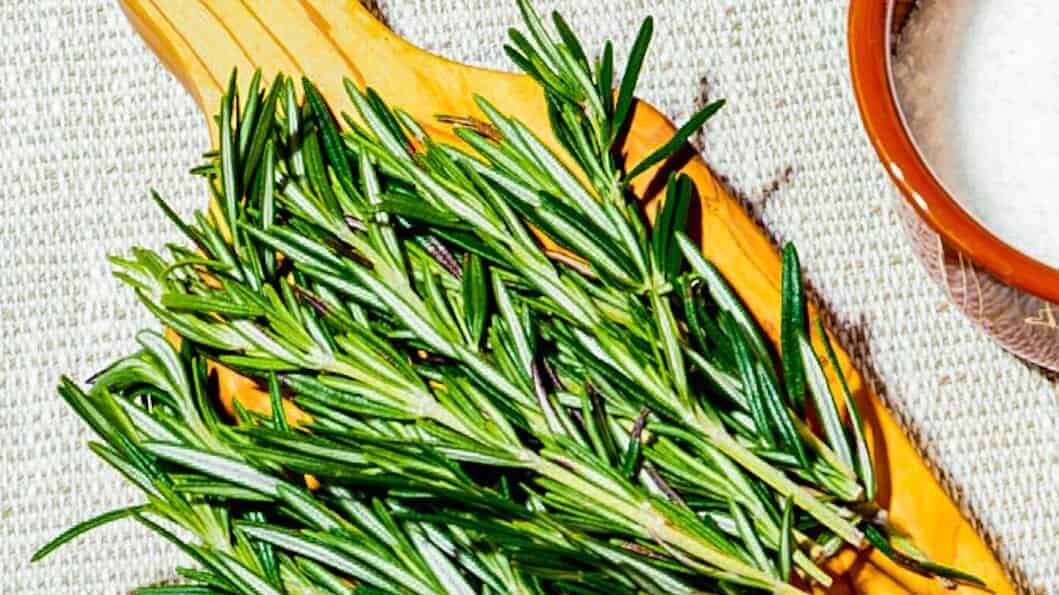
Rosemary is a strong-flavored, woody herb that pairs well with many dishes. When converting from fresh rosemary to dried, use 1 teaspoon of dried rosemary for every 1 tablespoon of fresh rosemary.
Oregano
Oregano is a classic herb often used in Italian and Mediterranean dishes. When converting from fresh oregano to dried, use 1 teaspoon of dried oregano for every 1 tablespoon of fresh oregano.
Dill
Dill is a versatile herb used in salads, sauces, and soups. To convert from fresh dill to dried, use 1 teaspoon of dried dill for every 1 tablespoon of fresh dill.
Chervil
Chervil is a mild-flavored, delicate herb often used in French cuisine. To convert from fresh chervil to dried, use 1 teaspoon of dried chervil for every 1 tablespoon of fresh chervil.
Mint

To convert from fresh mint to dried, use 1 teaspoon of dried mint for every 1 tablespoon of fresh mint leaves.
Chives
Chives are a mild-flavored, onion-like herb that can be used in many dishes. To convert from fresh chives to dried, use 1 teaspoon of dried chives for every 1 tablespoon of fresh chives.
Tarragon
Tarragon is a licorice-flavored herb that can add flavor to salads and sauces. To convert from fresh tarragon to dried, use 1 teaspoon of dried tarragon for every 1 tablespoon of fresh tarragon.
Sage
Sage has a strong flavor profile and should be used sparingly. It is often added to stews and soups but can also be used in meat rubs, soups, and salads. To convert from fresh to dried sage, use 1 teaspoon of dried sage for every 1 tablespoon of fresh sage.
Bay Leaf
Bay leaves are primarily used to flavor soups and stews. However, they are also used in marinades for meats such as chicken or fish. To convert from fresh bay leaf to dried, use 2 dried bay leaves for every 1 fresh bay leaf.
Basil

Basil is a favorite of Italian cuisine and can be used fresh or dried. Fresh leaves have a wonderfully sweet aroma, but their flavor becomes more substantial when dried. It's great sprinkled on top of tomato sauces or pasta dishes. Basil leaves can also be chopped up and added to salad dressings for an extra punch of flavor! To convert from fresh basil to dried, use 1 teaspoon of dried basil for every 1 tablespoon of fresh basil.
Parsley
Parsley is perhaps the most versatile herb because it is so easy to grow and use. The flat-leaf variety has a milder flavor than curly-leaf parsley, which has a more peppery taste. Parsley can be used as a garnish or as part of an ingredient in almost any dish, from soup to salad or even pizza! To convert from fresh parsley to dried, use 1 teaspoon of dried parsley for every 1 tablespoon of fresh parsley.
Thyme
Thyme enhances the flavors of other ingredients, making it perfect for meat dishes such as roasts. To convert from fresh to dried thyme, use 1 teaspoon of dried thyme for every 1 tablespoon of fresh thyme.
Other important ingredient conversions
Garlic

Garlic is a pungent, flavorful herb that can add depth to many dishes. To convert from fresh garlic to dried, use 1 teaspoon of dried garlic for every 1 tablespoon of fresh garlic.
Onions
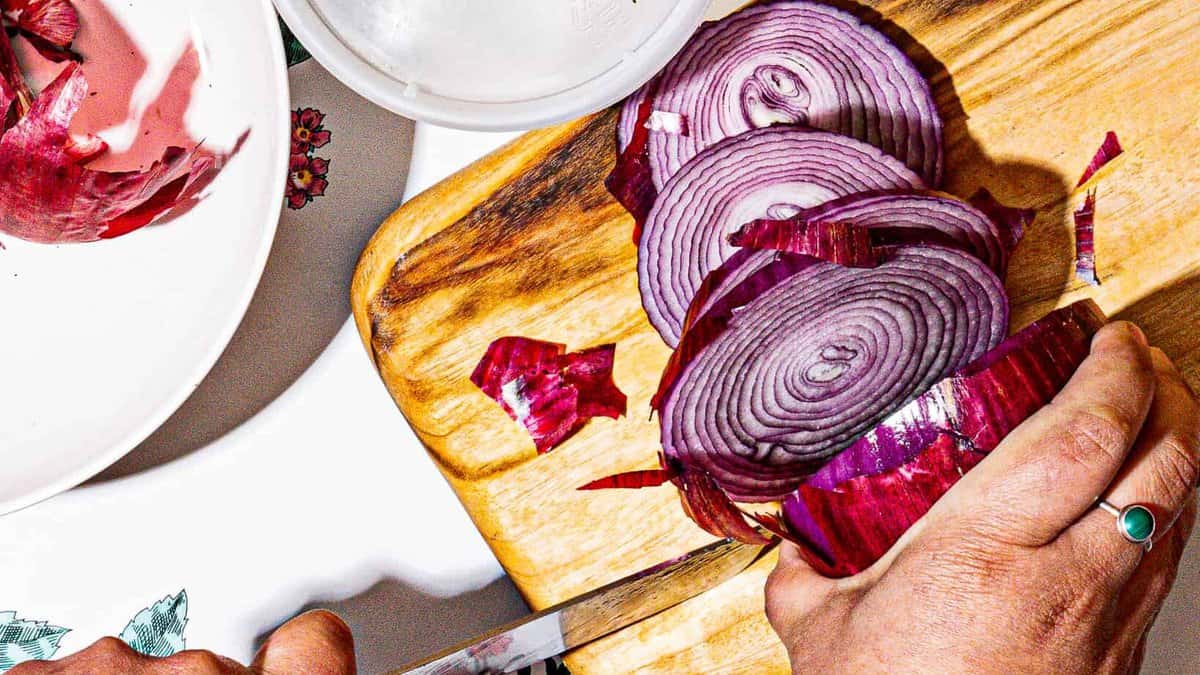
If you want to convert from fresh onion to dried, use 1 teaspoon of dried onion powder for every 1 tablespoon of fresh diced onion.
Ginger
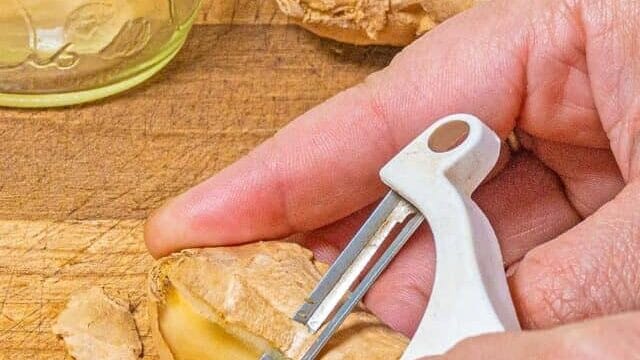
Ginger root is a bold, warm rhizome used as a spice in sweet and savory dishes. To convert from fresh ginger to ground ginger, use ¼ teaspoon of ground ginger to 1 tablespoon of grated ginger root.

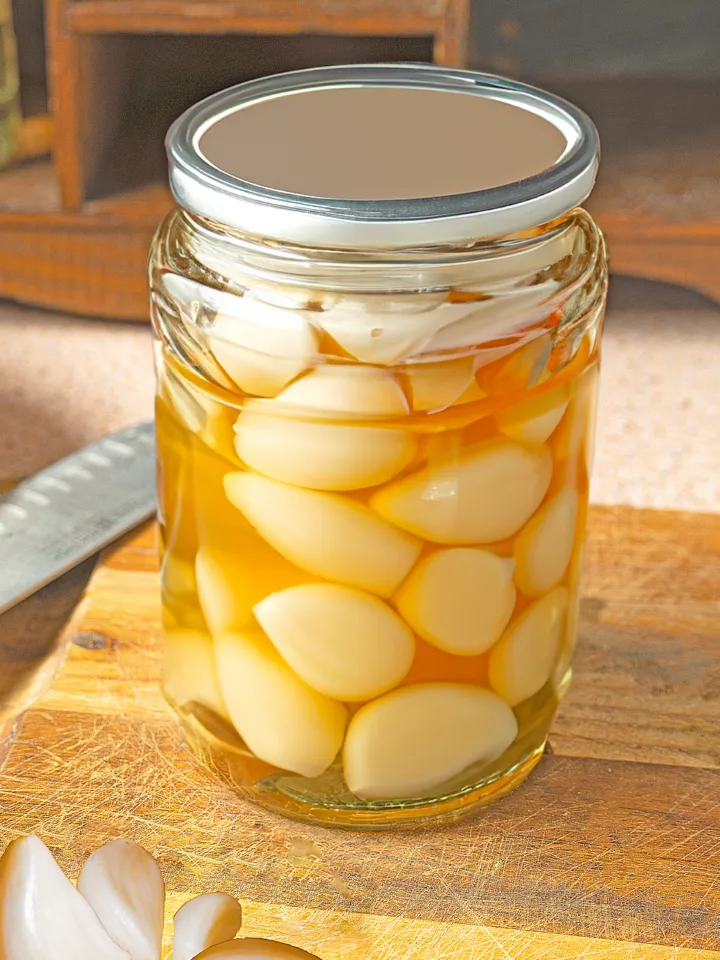
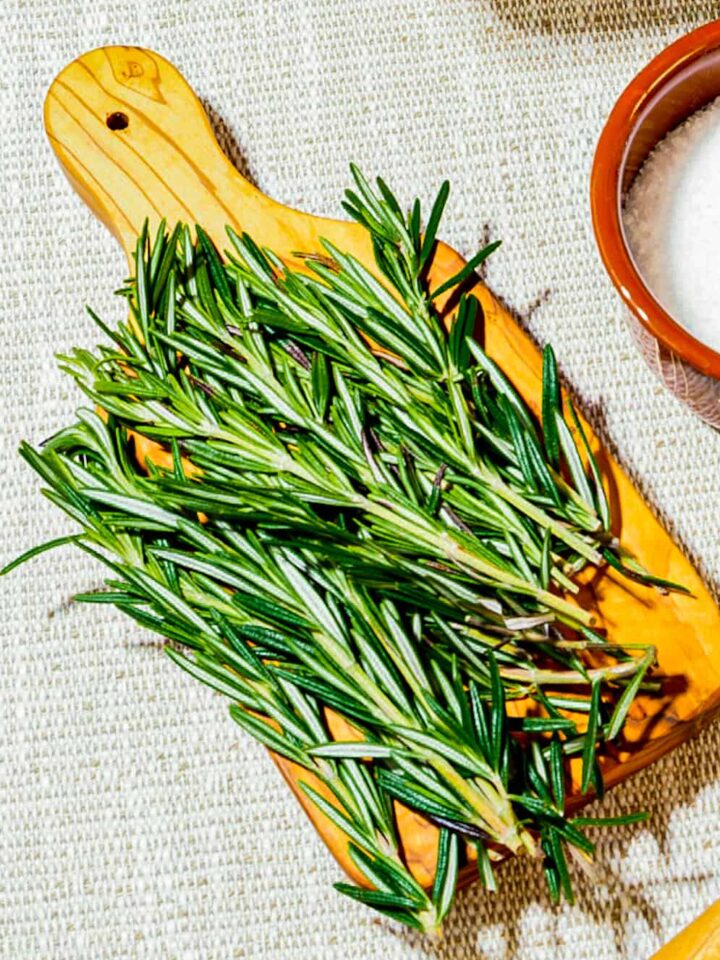
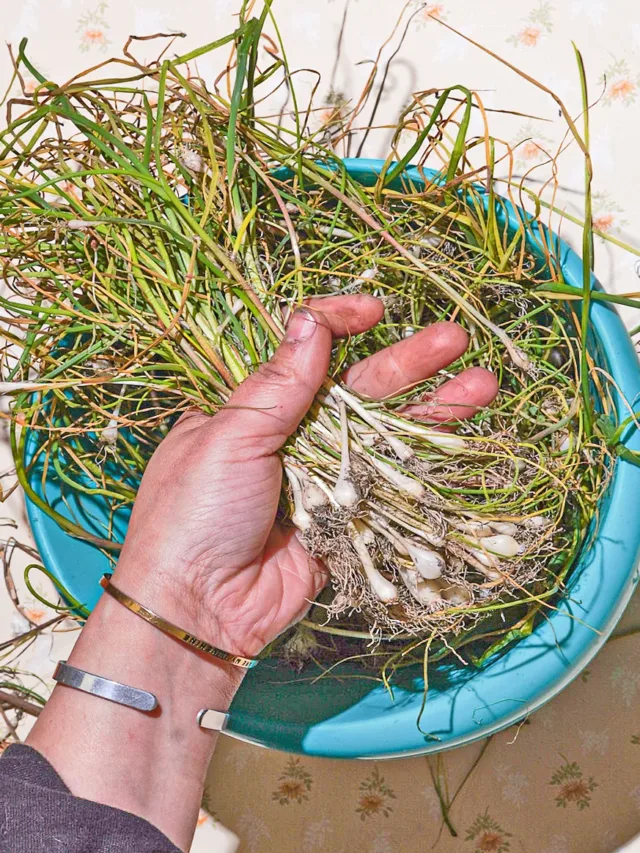
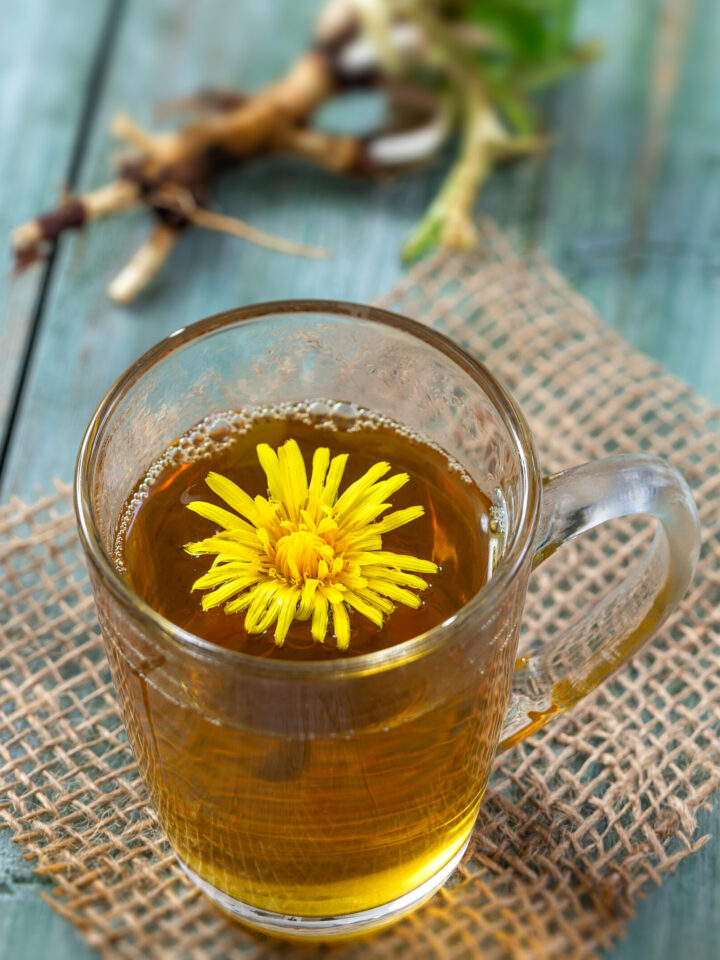

Comments
No Comments